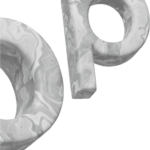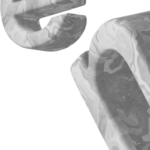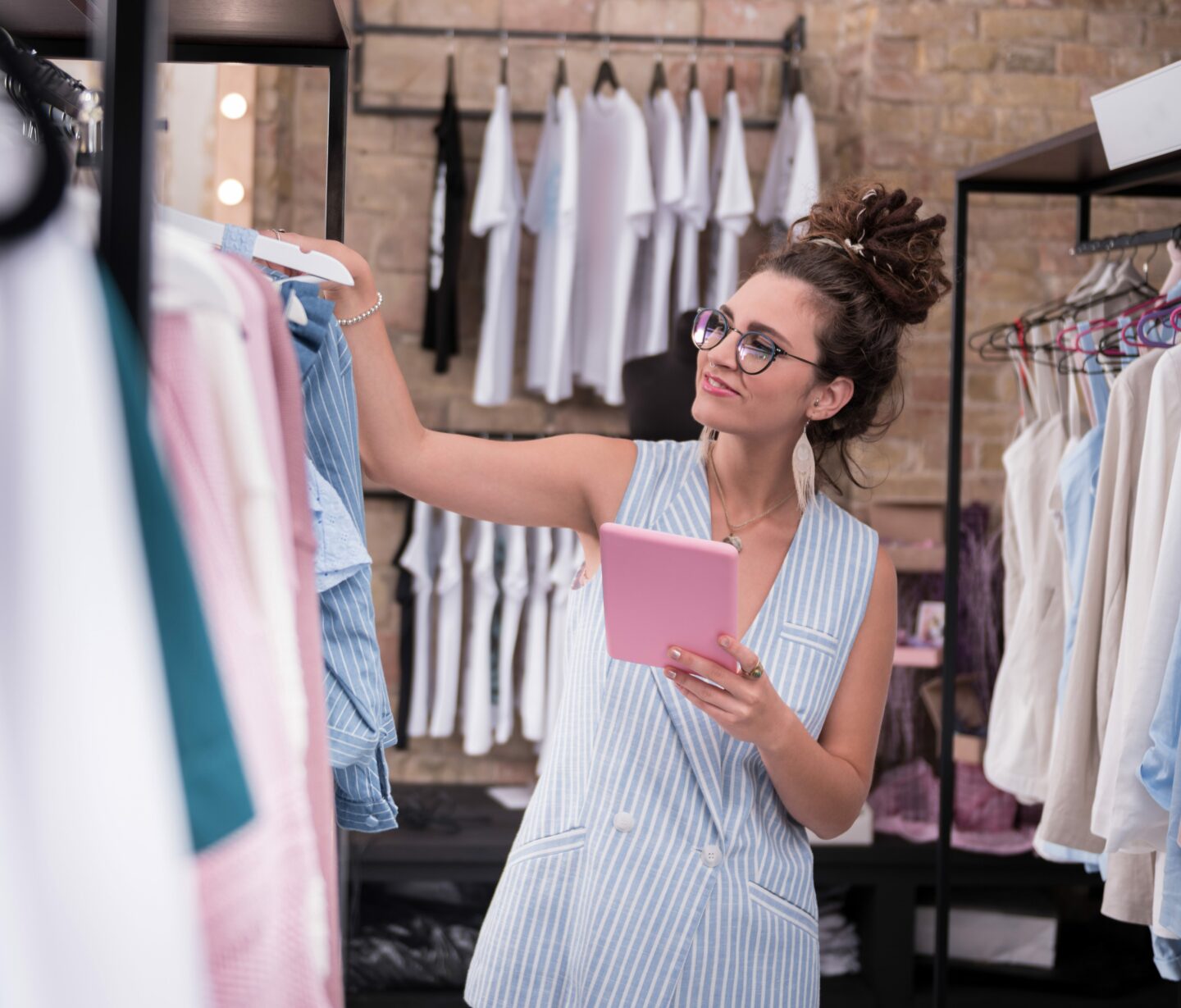

Set up your shop
Create my product assortment

How to find the best selling women’s clothing at wholesale prices
6 March 2023
Selling women’s wholesale clothing in retail stores is a profitable business. Wholesale women’s clothes is a growing market that has increased repeatedly over the last few years. The total revenue for women’s clothing in the United Kingdom in 2021 was valued at £55.52 billion, up from £52.04 billion in 2020*.
Wholesale women’s fashion is a valuable market and allows retail stores to make a profit. To do this you have to know the best places to source women’s clothing from and how to work successfully with your suppliers.
This article gives you some ideas on how to source wholesale women’s clothing for the best prices while offering quality garments and accessories.
Summary
- Why become a women’s clothing retailer?
- The different types of suppliers for wholesale women’s clothing
- How to anticipate the seasonal needs and market needs?
- How to buy from abroad?
- How to pay your suppliers?
- How to negotiate local exclusivity with suppliers
- How to compete with my competitors when choosing suppliers?
- FAQs
Why become a women’s clothing retailer?
Women’s clothing is a profitable business as there is always a demand. The women’s fashion market includes many categories, from casual wear to formal attire. In particular the sportswear-themed market is growing, as people tend to dress more casually. This is due to lifestyle changes, where we no longer are expected to dress up for work and many people work from home these days.
Fashion is constantly evolving and traditionally many women love to buy clothes. The important thing when sourcing wholesale women’s clothing is to identify your target market and research attitudes to brands and styles. This includes assessing what people will pay more for, the popular brands and even how important ethical values are.
The different types of suppliers for wholesale women’s clothing
It’s important to choose the right wholesaler as they will be the support behind your business. You can buy from different kinds of suppliers depending on the range your store carries:
- bulk suppliers – will sell a range of reasonably priced clothing you can purchase in bulk and negotiate a discount, e.g. women’s plain blue t-shirts
- marketplaces – a marketplace such as Ankorstore is a great place to buy wholesale women’s clothing if you want to sell a wide range of products with low start-up costs
- niche wholesalers – AKS Clothing, the Indian marketplace is an example, offering a range of indo-western women’s clothing at wholesale prices
- international platforms – these sell a variety of clothing, often manufactured in the Far East, at wholesale prices
- specialists – aimed at the high end of the fashion market, buying from a specialist supplier (often local) allows you to offer unique pieces at higher prices
How to anticipate the seasonal needs and market needs?
Predicting a future season’s trends is part of the skill of being a women’s fashion retailer. Pink leggings may be the latest trend this season, but next summer could be replaced by floral pencil skirts. It’s essential to predict correctly or you could be left with a lot of surplus stock you have to sell at reduced prices.
A good way to anticipate what’s new in women’s fashion is to monitor social media online. Trending styles and colours will appear often and might lean towards a particular era or style, for example a 50s style dress.
Watching what’s popular on the catwalks of the main fashion shows also heavily influences the next season’s style.
You should also read the industry magazines and keep up to date with what’s happening in the world of women’s fashion.
This research should take place over several months rather than sporadically to get a clear picture of the market.
How to buy from abroad?
If you’re planning to source fashion for women from abroad it’s important to be familiar with shipping costs and import duties work, especially with regard to Brexit. You may sometimes find that the delivery costs aren’t worth it compared to the profit you make. However, marketplaces like AKS Clothing make the buying of women’s wholesale clothing more affordable as this method cuts out the need to buy direct from the Far East.
The way to successfully buy from abroad is to:
- Find a reliable supplier (likely to be in the Far East, Turkey or India) and do all the research you can on them. You should ensure that the company complies with any local regulations, and they are not operating a ‘sweat shop’. If possible, visit the supplier to view the operation. This may seem like a large expense, but it’s what the big retailers do to ensure supplier quality.
- Be aware of shipping times – these can be at least 6 weeks from some countries. Order in advance so you don´t miss the start of the season.
- Work with more than one supplier so if someone lets you down you have an alternative source of products.
- Understand the price differences and currency fluctuations. When you agree prices specify in writing that this is the fixed price and will not change (unless it goes down which of course is to your advantage).
- Purchase from a marketplace such as Ankorstore, which offers many goods made abroad. It’s easy to log in and place mixed orders when you need more stock.
How to pay your suppliers?
If you order your women’s fashion items on a platform, you will either pay when you place the order or if you order with Ankorstore you can enjoy the payment terms we offer.
Buying direct from suppliers is slightly different. When you agree on a price and quantity and any discounts you negotiate (e.g. sale or return, price reductions for bulk orders) you then raise an official purchase order and send it to the supplier. This is the contract of your commitment to buy.
You should also discuss payment terms at this stage as these contribute to the profitability of your business. Payment terms detail how the payment will be made and in what timescale. The most common payment terms are 15, 30, 60 or 90 days after the date of the invoice.
It is essential to agree payment terms in writing to avoid any confusion with payment delays. Understanding when you are expected to pay allows you to manage your budget effectively. Sometimes there are penalties if a payment is late, which will be written into the agreement.
When the goods are delivered you check they are in good condition and sign a delivery note to confirm receipt.
You must be aware of the VAT regulations for both buying and selling in the UK or you could end up with an unexpected bill. The UK government website is the best place to check this.
Always try and negotiate the best price and longer payment terms, which will be to your advantage.
How to negotiate local exclusivity with suppliers
An exclusive agreement with a supplier means you can sell something in your retail shop that no one else is allowed to sell. You agree with the supplier to only sell it to your store.
This creates demand and means that you can sell the item at a higher price. For example, you’re selling a collection of black ladies’ swimsuits that have been featured on Instagram and are trending well.
Exclusivity with suppliers is sometimes only for a limited period, after which the supplier can sell to other retailers. So it is to your advantage to sell as many of the items as you can before other stores make the item less unique.
How to compete with my competitors when choosing suppliers?
Choosing reliable suppliers will give you an edge over the competition. These are some of the factors to consider:
- local suppliers in your town or city can reduce the risk to your business in terms of delivery times and availability (e.g. you have a London boutique and sell wedding dresses – these must be delivered on time)
- large suppliers are likely to be more reliable than smaller ones
- suppliers that give sample products are looking to build a long-term business relationship
- having more than one supplier reduces the risk
- experience and reputation in the fashion industry are invaluable
- buying from a marketplace like Ankorstore will give you quality products and allow you to order smaller minimum quantities than many larger suppliers, giving you a breadth of range.
To keep your customers happy you need a good supply chain that won´t let you down. If you’re looking to set up a retail fashion store, our tips will ensure you choose the best possible suppliers.
Why not join our free Ankorstart programme, especially created to help small businesses like yours succeed? If you are considering setting up a women’s clothing business Ankorstart help you prepare. From the planning of your store to the first few months of running your business, our business experts are available to give you advice and guidance on your journey to becoming a women’s clothing retailer or wholesaler.
FAQs
How do I choose a reliable supplier?
Ask around in the industry and base your decision on the supplier’s reputation. Go with a supplier that is prepared to work with you, for example, producing a different size of garment, pricing negotiation and offering different styles.
What are the 3 main factors when selecting a supplier?
Choose a supplier you trust, who is prepared to work with you and has a good reputation in the fashion industry.
Should I visit my suppliers?
Yes, if possible, it is important to visit your suppliers. This allows you to build a rapport with them and build a good working relationship.
Do I pay suppliers immediately?
No. Don’t pay suppliers too quickly if you don´t need to. You pay your suppliers according to the payment terms you have agreed with them. This means the money is in your bank account for longer, which is more profitable for your business.
*Statistica figures
Related posts "Create my product assortment"

Negotiating with suppliers can be a tricky exercise, especially for first-time independent retailers. Nonetheless, it can make a major difference for your business. Find out what you can do to maximise your chances of a successful supplier negotiation.

How do you set prices for your retail products, and what factors do you need to take into account when creating your pricing strategy? Learn about some of the most important issues that you need to be aware of when setting your prices.

In this interview, we get into the crucial topic of stock management, offering concrete and practical advice to help you build your assortment strategically and effectively. Nicolas Loeuillet shares his experience, valuable insights and tips on creating a balanced and profitable assortment.

Discover how to make the right choices to be competitive when buying wholesale clothes for kids, thanks to Ankorstart’s expert advices.


